Wednesday 23 June 2021
Heswall Dales Local Nature Reserve
Saturday 19 June 2021
Poulton Hall Garden Opening - 3rd July
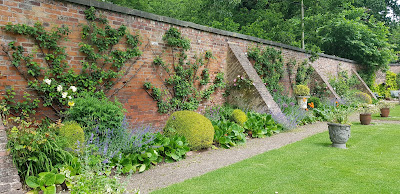 |
| Fruit trees in the Walled Garden at Poulton Hall |
On Saturday 3rd July, from 2pm, we have kindly been offered the use of Poulton Hall Walled Gardens to raise awareness and funds for Wirral Wildlife and New Ferry Butterfly Park. Poulton Hall is situated just north of where the valley of the Clatter Brook joins the River Dibbin.
Caroline and Scirard Lancelyn Green, our hosts, are fervent wildlife supporters. Cheshire Wildlife Trust manage three of the Poulton Estate’s woodlands, namely Foxes Wood, Thornton Wood and Intake wood, which are all part of Dibbindale SSSI and are being the finest examples of ancient woodland in Merseyside. Cheshire Wildlife Trust also manages a small wildflower area for the Estate known as Tom’s Paddock which acts as woodland glade for Foxes Wood.
 |
| Hedgerows and trees in the Poulton Hall gardens |
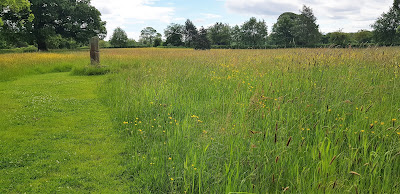 |
| Wildflower meadow at Poulton Hall gardens |
Adjacent to this species rich
hedge bedecked with a diverse species of standard trees lies a colourful
wildflower meadow with some notable species such as early purple orchids. Guided tours of this area will be given as
well as a self-guided trail being available. Have a go hedge-laying mock ups will be available as well as have a go
with a scythe. You can make a newspaper
pot and sow a seed to take home to nurture. All this wildlife to enjoy even before you
have crossed the ha-ha and walked into the more formal gardens.
 |
| Classical Garden at Poulton Hall |
The series of gardens are an eclectic
mixture of themes with literary connotations from Greek mythology, Beowulf,
Arthurian legends, Shakespeare, Alice in Wonderland to a Dalek. There are over 40 interesting artistic features
to view in the garden with four new features to spot this year.
 |
| Spot the Viking head |
 |
| There's a witch in the garden |
The shrub and flower collections are colourful, impressive and inspirational. There will be various activities such as pond dipping and a costume jewellery sale. There will be story telling every half an hour following the chimes from the set of the 32 bells at the hall.
 |
| Fountain and willows |
To walk around the garden and meadow taking in all these fascinating features is about one mile and will take about two hours, but you may like to take the opportunity to sit down and enjoy a cream tea and soak up the atmosphere before heading round to view more of the gardens. There is a children’s themed garden inspired by nursery rhymes.
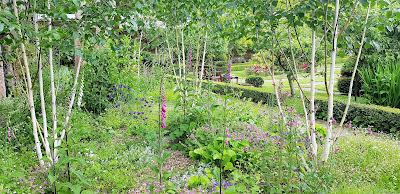 |
| Narnia themed garden at Poulton Hall |
For entrance to the gardens and
to make sure there is a cream tea waiting for you and your friends book online. Admission £6 for entrance, £9.50 for entrance and
cream tea, under 16s free.
http://www.poultonhall.co.uk/GardenOpenings.html
 |
| Pergolas in the garden at Poulton Hall |
We look forward to welcoming you to these wonderful gardens.
Friday 4 June 2021
Protecting Landican's Hedgerows
 |
| It's National Hedgerow Week |
The Tree Council's National Hedgerow Week is 29th May until 6th June.
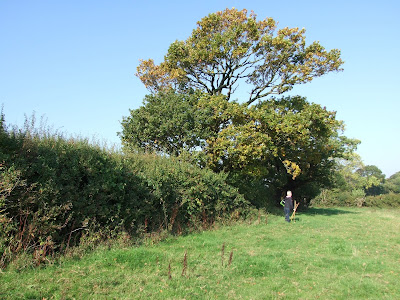 |
| Hedgerow in Landican |
It would be wonderful to get the hedges at Landican
protected as a Local Wildlife Site. Protection of valuable species-rich hedges
through the planning system is something that gets little attention in many
Local Authorities. Hedgerow Regulations 1997 apply to rural hedges, but often
there are no data on individual hedges until planning proposals arise, and
sometimes they get cleared before the planning application goes in.
However, all areas have Local Wildlife Sites (or equivalent names) as a tier of wildlife sites below the national one of SSSIs, which are protected by Local Plan policies. The criteria for these are set locally and can include hedges, as those for the Cheshire Region do.
 |
| Hedgerow at the edge of a field in Landican |
In Wirral we have just put our first set of hedges forward for protection as a Local Wildlife Site, located in farmland in Landican. The Wirral Local Wildlife Sites Partnership has agreed this and it now goes forward in the Wirral Local Plan. This ensures the hedges get on the Local Plan maps and the planning department Hazards maps. Since the process involves landowner consultation, it also makes sure the landowner and tenant know the value of the hedges. Hopefully if the future Agricultural Act funding really does give `public money for public goods' then having a LWS on the farm may become valuable in money terms.
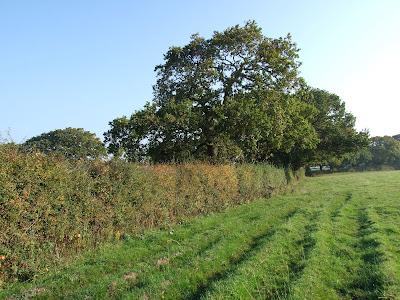 |
| Hedgerow in farmland in Landican |
Very few areas have comprehensive hedge surveys, but if individual species-rich hedges are known, then LWS designation can be used to highlight and hopefully protect them. The LWS designation can also be used for urban hedges if they are species-rich (perhaps an old rural hedge swallowed up by a housing estate). Hedgerow Regulations do not apply to urban hedges at present.
Wednesday 2 June 2021
New Gates For New Ferry Butterfly Park
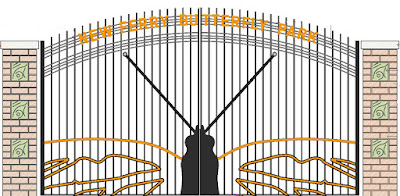 |
| The gate design for the entrance of New Ferry Butterfly Park |
New gates are being made for New Ferry Butterfly Park to celebrate its 25th anniversary. They will be installed this autumn.
To raise some extra funds we have set up a Crowdfunder page.
Would you be able to make a small donation to help us reach our target? Any contribution would help us tremendously.
For more information please see:
https://www.crowdfunder.co.uk/silver-jubilee-gate



